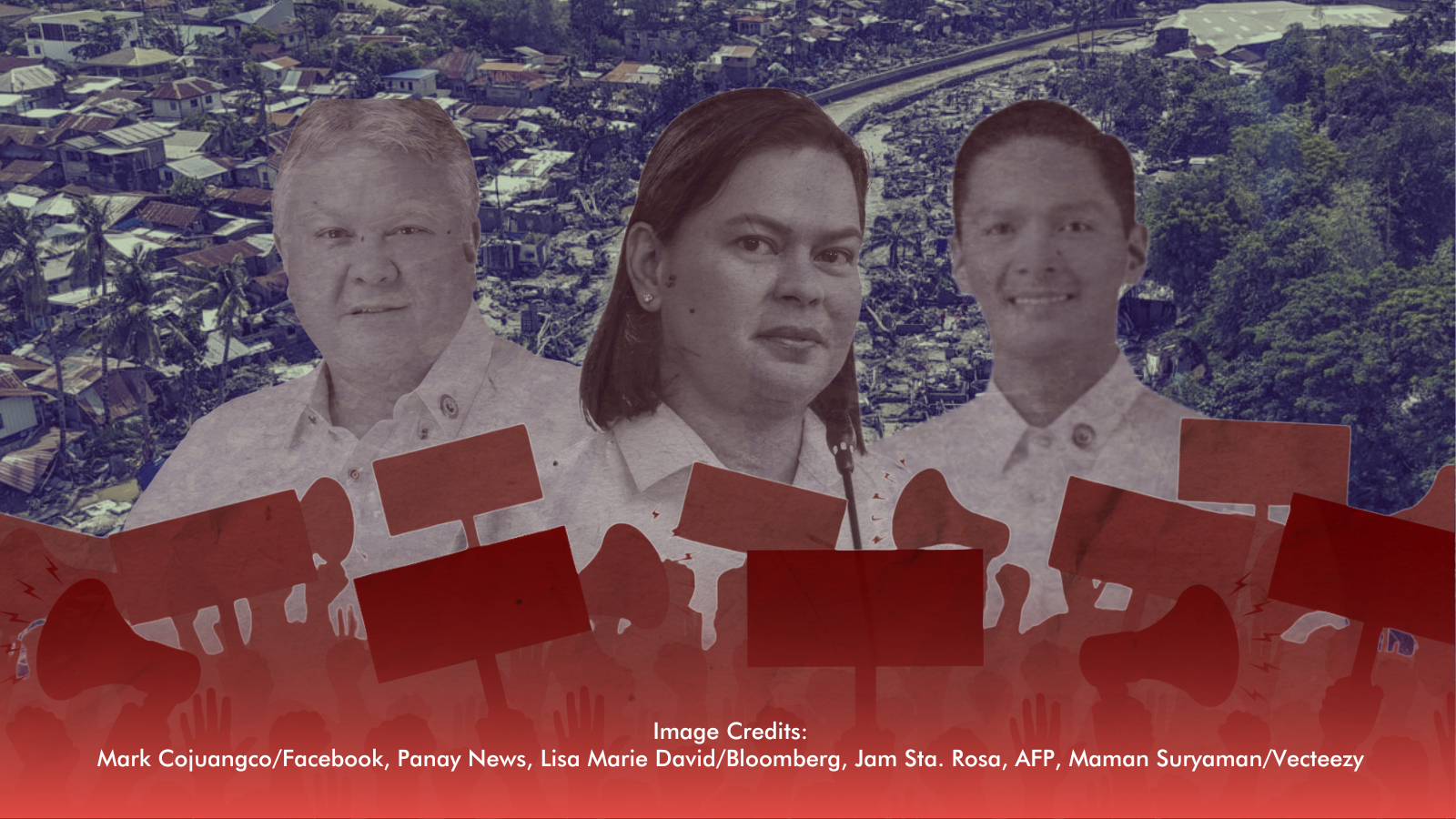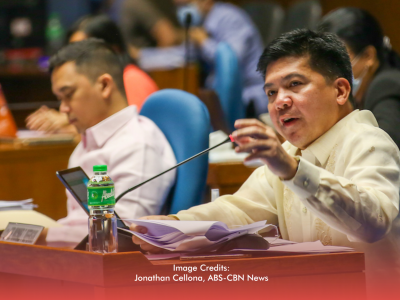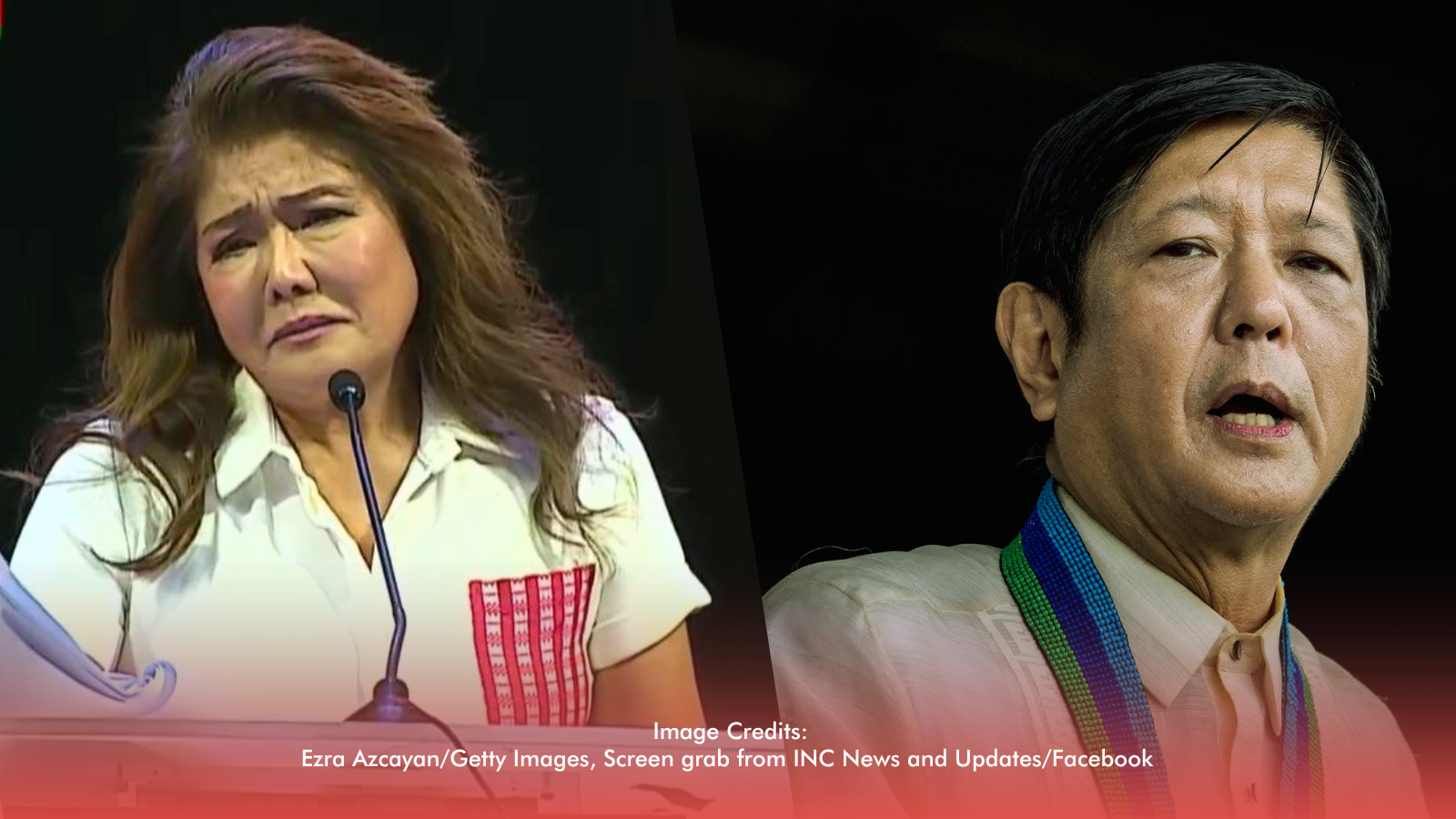Disasters have a way of revealing not just the strength of infrastructure but also the mettle of leadership. When calamities strike, from typhoons like Tino and Uwan to earthquakes, peoples’ perception of their leaders often undergoes a dramatic shift. Scrutiny increases, criticisms grow louder, and the spotlight on decision-makers intensifies, shaping how the public evaluates their effectiveness.
Politicians Who Have Taken Flak
Recent events in the Philippines illustrate this vividly. Politicians such as Cebu’s Duke Frasco came under scrutiny, both for criticisms of the provincial response and for the visibility of their initiatives—particularly when his name and photo were printed on relief goods for typhoon victims, which netizens criticized as “unnecessary personal branding.”
A recent statement from Pangasinan Rep. Mark Cojuangco stirred online controversy when he commented on the floods caused by Typhoon Uwan, asking “Bakit kasi sa flood plain gumawa ng tirahan? Takaw sakuna.” The remark drew criticism from netizens who argued that it unfairly blamed residents for systemic issues like poverty, lack of affordable housing, and inadequate urban planning.
Meanwhile, national figures like Vice President Sara Duterte came under scrutiny for her perceived distance from the crisis, highlighting how public expectations are magnified during disasters.
The Psychology Behind Public Judgment
Psychologists explain that this heightened attention is deeply rooted in human behavior. In times of crisis, people naturally seek stability, guidance, or someone to hold accountable.
“It’s a combination of coping and human instinct,” says a social behavior expert. “When events spiral beyond our control, we look to our leaders for answers, and when those answers seem insufficient, frustration and criticism emerge.”
A Double-Edged Sword
Interestingly, the reaction to disaster is not uniformly negative. While some grow more critical, others gravitate toward leaders as a source of reassurance and authority. In moments of vulnerability, visible action—whether coordinating relief efforts, visiting affected areas, or issuing clear communication—can strengthen trust and loyalty.
Political analysts emphasize that crises serve as defining moments for leaders, reflecting their strengths and weaknesses while magnifying public expectations. How leaders respond during disasters can leave lasting impressions, influencing voter behavior and shaping political legacy long after the storm has passed.
RELATED: [The 2025 Elections And The Myth Of The “Youth Vote”]








